As Bangladesh grapples with a relentless heatwave, temperatures have soared above 40°C in 17 regions, surpassing previous records. On Monday, the mercury climbed to staggering heights, affecting various parts of the nation. This marks an increase from 11 regions experiencing similar conditions on Sunday.
However, there's a glimmer of hope on the horizon, as the Bangladesh Meteorological Department (BMD) forecasts rain across several areas of the country, excluding Sylhet, around May 2 or 3.
Despite this upcoming relief, Dhaka residents continue to endure sweltering conditions, with Monday's maximum temperature reaching 40.3°C, up from 39°C on Sunday and 37.4°C on Saturday.
Chuadanga topped the temperature charts, recording 43°C from 6 pm on Sunday to 3 pm on Monday, surpassing Sunday's peak of 42.2°C in Jessore. Other regions experiencing temperatures above 40°C include Ishwardi, Rajshahi, Baghabari, Koira, Faridpur, Mongla, Khulna, Tangail, Kumarkhali, Badalgachi, Bogra, Aricha, Gopalganj, and Satkhira.
Meteorologist Shahnaz Sultana noted that the widespread and prolonged high temperatures this year surpass previous records. She emphasized the unprecedented intensity compared to last year's conditions.
The BMD's weather bulletin anticipates rains and thundershowers in Chittagong, Sylhet, Mymensingh, and other parts of the country, including the Dhaka division, starting Thursday. Additionally, very severe heatwaves are sweeping across Jessore and Rajshahi districts, with severe heatwaves prevailing in parts of Khulna division and Tangail, Faridpur, Gopalgonj, Naogaon, Pabna, and Nilphamari districts.
A mild to moderate heatwave is also affecting Barisal division, parts of Dhaka, Rajshahi, and Rangpur divisions, as well as Mymensingh, Moulvibazar, Rangamati, Chandpur, Noakhali, Feni, and Bandarban districts.
While the weather may remain mainly dry with temporary partly cloudy skies elsewhere, discomfort may persist due to increased moisture incursion. The BMD also expects a slight rise in daytime temperatures and nearly unchanged nighttime temperatures.




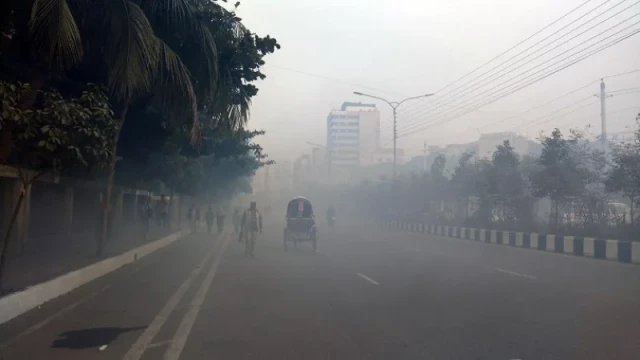
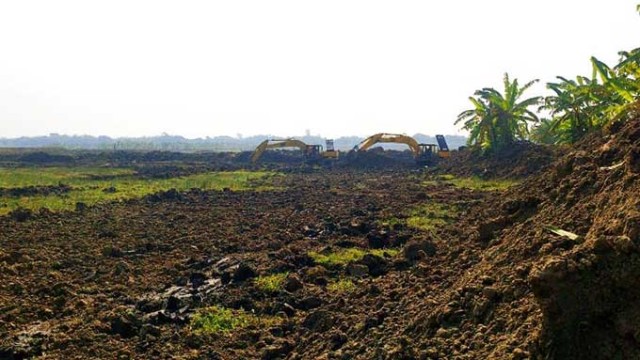
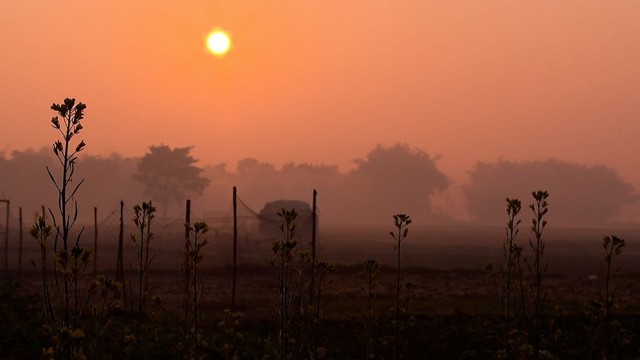
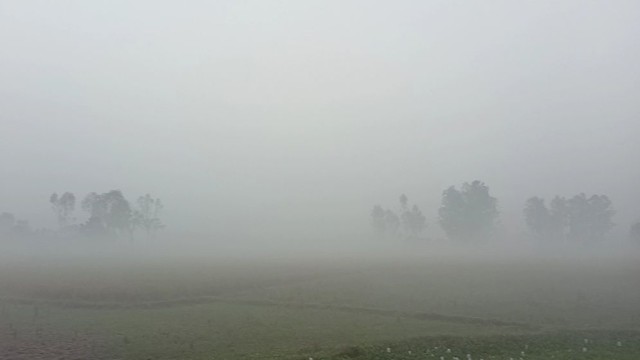
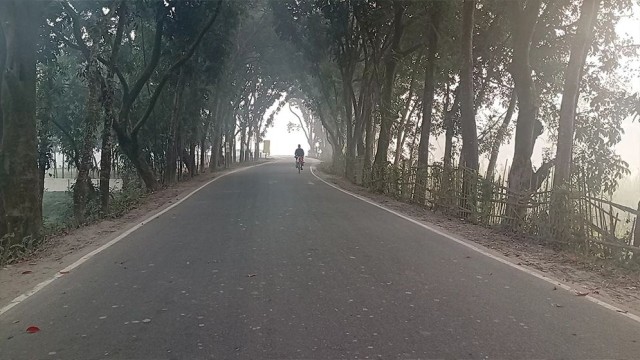
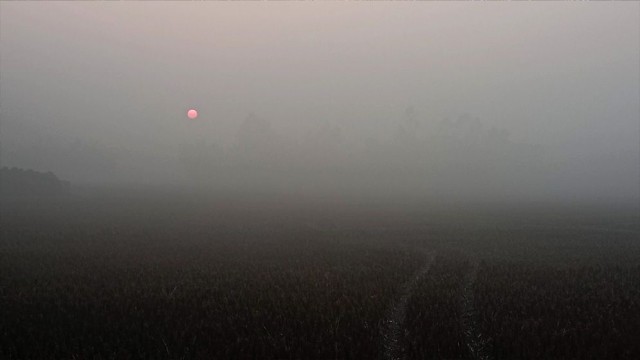


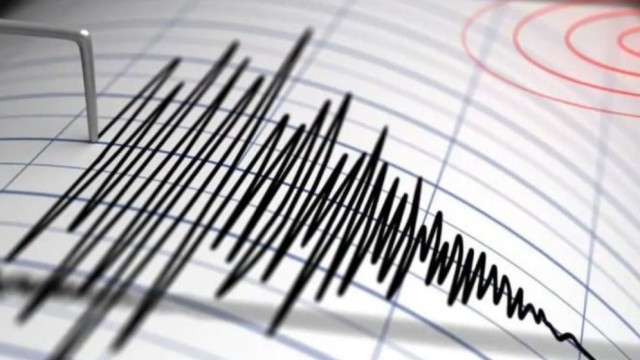

















Comment: